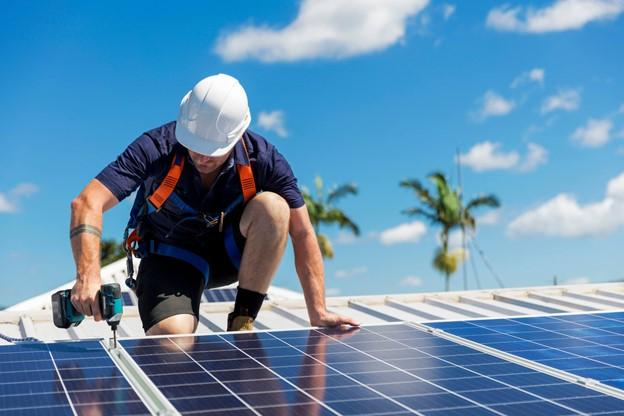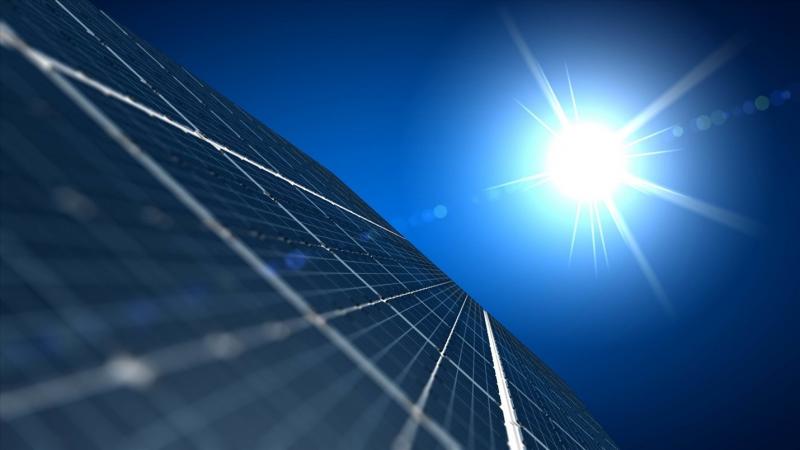How Solar Panel Installations Work?

Have you considered investing in a solar system? An increasing number of homeowners have installed such panels on their rooftops for better energy efficiency. These systems consist of modules, a mounting structure, and an inverter to convert direct current into alternating current electricity.
Given the complexity of the installation process, most homeowners hire professional installers to take care of the job. In case you are interested in investing in a solar system, these solar panels FAQ will help you learn more about the components, size, power, and maintenance of these devices.
Here is everything you need to know about the installation process.
Inspection of roof support
Prior to the installation, residents are expected to inspect the shape of their roofs in order to check whether these are strong enough to support the panels. If your roof requires renovation, it’s paramount to have it renovated before the modules get connected to its structure. Otherwise, you’d go through the trouble of disconnecting them only to have them secured once again after the renovation project.
Homeowners whose roofs aren’t exposed to the sun throughout the day are advised against investing in solar panels, as these won’t absorb the required amount of energy. The same goes for residents of apartment buildings, which are deprived of installing separate panels unless they suggest installing a community collector for all residents to enjoy the benefits.

Choosing solar power type
For the system to be installed adequately, homeowners are supposed to select the right type of power in consultation with a professional. Opting for a grid-connected power enables the most convenient and lowest cost system installation. The grid is used instead of batteries, which means your home can use it when requiring more electricity. In the event of excessive electricity generation, the system transfers it to the local utility grid.
In contrast, grid-connected systems with batteries are known to be costlier and more demanding when it comes to installation. The role of the batteries is to store power that can be used during an outage. Therefore, these are mainly installed by commercial facilities that require an ongoing power supply. Visit this page to learn more about the features and requirements of grid-connected renewable energy systems.
Choosing solar panels type
Another important consideration before the installation process is choosing the most suitable type of solar panels. For instance, the photovoltaic (PV) models, also known under the name Crystalline Silicone panels, are undoubtedly the most commonly installed devices. Their incredible energy efficiency of as much as twenty percent is what makes them ideal for homeowners whose roofs lack space.
Furthermore, the thin-film models are considered to be more flexible than the photovoltaic ones. However, the efficiency of these devices doesn’t exceed more than eleven percent, thus obliging residents to purchase more modules.
Solar thermal panels are dissimilar from the above-mentioned models, as these are installed for the purpose of heating water. Their primary role is to transfer heat, thus reducing the cost of gas bills.
Installation
The ideal location for solar panels is unquestionably the roof, but these can be installed on the ground as well. The installers start the process by setting up a scaffolding to prevent accidents while working.
Afterward, they set up the mounting system while ensuring it’s adequately tilted. The tilt is of essential importance, as it enables homeowners to use renewable energy both in the summer and winter months. The following link, https://homeguides.sfgate.com/figure-correct-angle-solar-panels-79489.html, includes some handy tips about finding the right roof angle.
The following step involves the installation of the modules on the mounting structure, followed by the installation of electrical wiring. Then, the inverter is supposed to be connected to the system, either inside the house or outside. When installed outdoors, the inverter shouldn’t be exposed directly to the sun. Therefore, most installers usually place it in the garages of homeowners, as these rooms are both cool and ventilated.
Finally, the inverter should be connected to the battery and the consumer unit. Hence, you’ll be able to use the system when the weather is cloudy, as well as track its performance.
Final word
Investing in a renewable energy system is not only cost-effective but also an environmentally-friendly solution!
More to Read:
Previous Posts:


